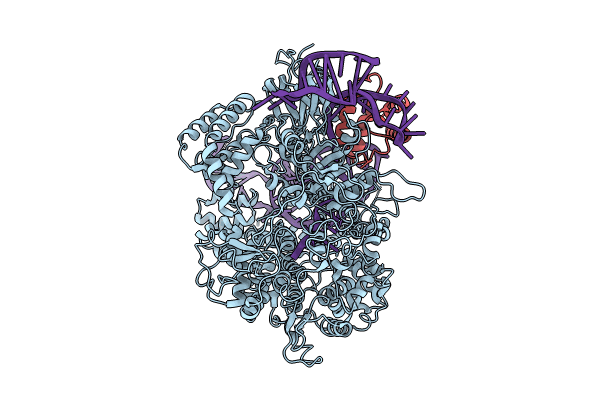
Deposition Date
2024-02-22
Release Date
2024-09-11
Last Version Date
2024-09-11
Entry Detail
Biological Source:
Source Organism:
Streptococcus pyogenes serotype M1 (Taxon ID: 301447)
Streptococcus pyogenes (Taxon ID: 1314)
Streptococcus sp. F0441 (Taxon ID: 999424)
Streptococcus pyogenes (Taxon ID: 1314)
Streptococcus sp. F0441 (Taxon ID: 999424)
Host Organism:
Method Details:
Experimental Method:
Resolution:
3.43 Å
Aggregation State:
PARTICLE
Reconstruction Method:
SINGLE PARTICLE


